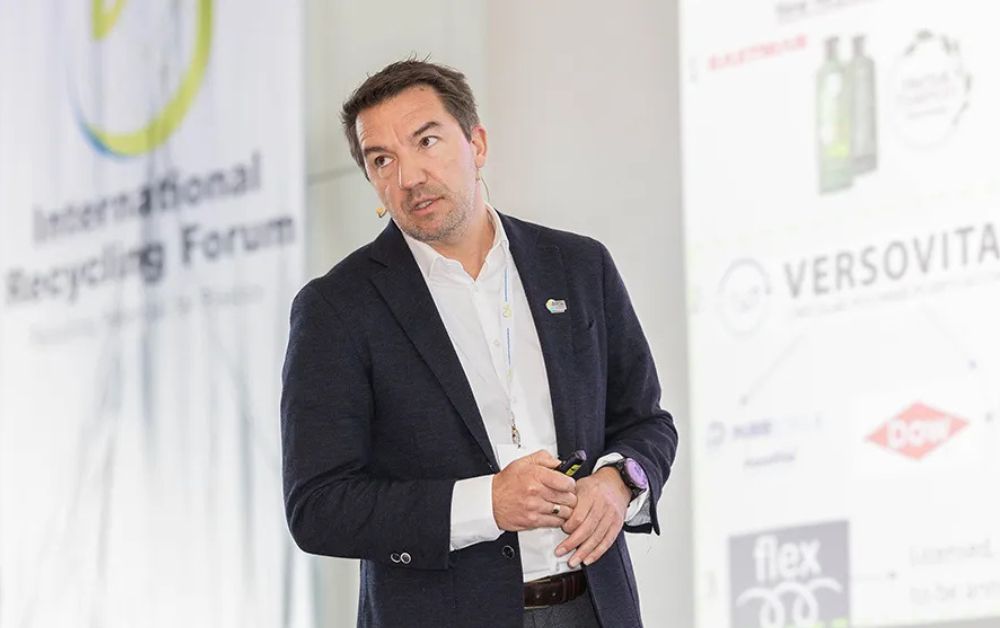Changes in plastic waste management perspectives are possible through dissolution recycling strategies
The possibility remains unclear whether plastic can achieve a complete state of cleanliness. P&G thinks so. Patterned after traditional techniques the company demonstrates that polluted plastics which were previously unusable should now make a comeback in a pure form ready for reuse.
What is dissolution recycling?
Plastic cleaning occurs through dissolution recycling which employs solvents as the cleaning agents. The liquid solvent in dissolution recycling leaves plastic materials intact by avoiding decomposition at the molecular level.
Instead:
- A mixture of chemicals removes all surface materials from plastic through washing operations.
- The plastic object stays physically unaltered as it regains most of its initial high-quality state following the process.
- Dissolution recycling operates best when the application requires materials with extensive purity such as bottle caps or packaging films.
Dissolution recycling presents itself as a capable method to tackle the reduction of single-use plastic use.
P&G’s version of dissolution recycling
P&G took things further. Through Gian De Belder’s team leadership they developed a proprietary method to dissolve plastics. The method surpasses standard operation to extract both colorants and any materials that entered plastics throughout their existence.
The polymers undergo thorough cleansing as stated by De Belder.
This process goes beyond conventional recycling because it relates to the complete restoration of products.
The company dedicates itself to the dual objective of diminishing plastic trash and minimizing the requirement for new plastic products manufactured from petroleum.
Among all other types of plastic recycling techniques what makes this approach distinct?
Here’s a quick breakdown:
- The process of mechanical recycling entails plastic reduction through heating which leads to diminished material quality.
- Plastic molecules undergo breaking via chemical recycling to make new plastic material although the procedure demands additional energy input.
- Dissolution recycling maintains plastic structures yet removes harmful substances from the material during the process.
The recycling method achieves high efficiency through decreased energy requirements coupled with decreased emissions whereas the resulting product has superior clean properties.
The exceptional characteristics which distinguish P&G’s tech include:
- Purity of the recycled plastic
- The carbon emissions of chemical recycling are surpassed by this recycling method.
- Compatibility with existing production needs
A commercial future
The technology developed by P&G becomes accessible beyond their internal use.
- Through a licensing agreement PureCycle started operations of a facility that manages yearly polypropylene recycling at 49,000 tons.
- Laboratories managed by Dow will use identical technological processes to recycle polyethylene.
- This breakthrough from internal scientific discovery has successfully penetrated throughout the entire industry.
Why it matters
Dissolution recycling brings real benefits:
- Keeps more plastic in use
- Reduces need for new materials
- Cuts emissions in the process
The process supplies clean materials which can be used for upcoming packaging applications.
The complete system creates a recycling loop by converting packaging waste into valuable resources that do not become environmental burdens.
The road ahead
- The company expects other organizations to adopt this strategy.
- More adoption means:
- Less pressure on landfills
- More recycled material in new products
- Reduced dependency on fossil fuels
The message behind this solution shows that cleaning plastic correctly enables repeated usage.

